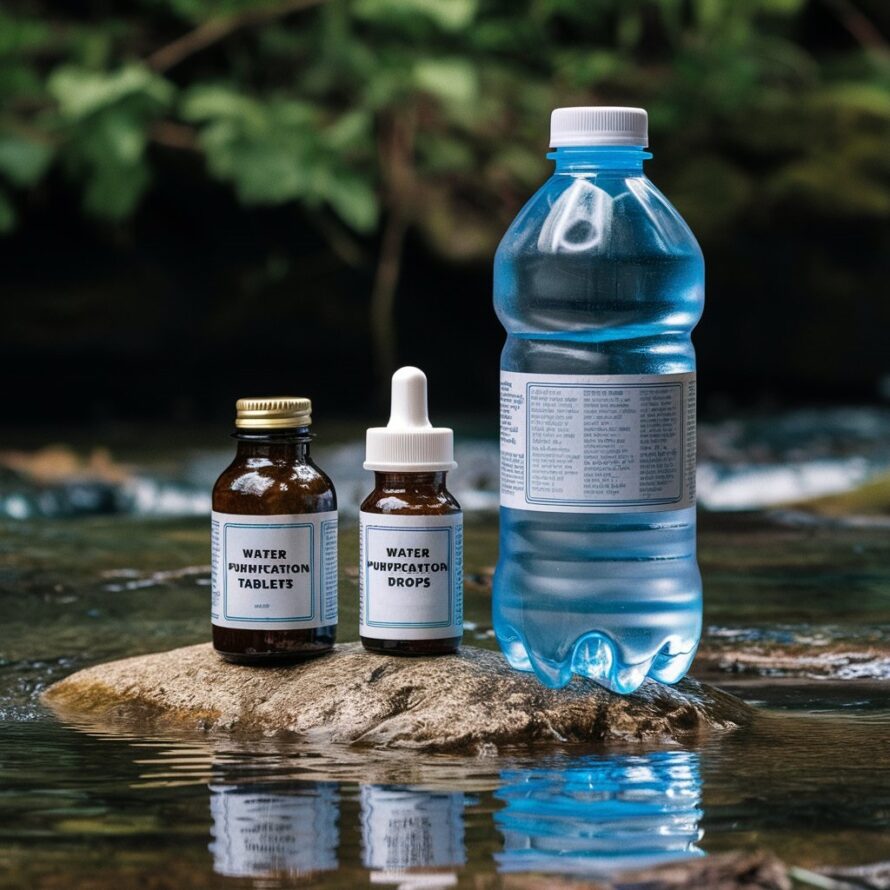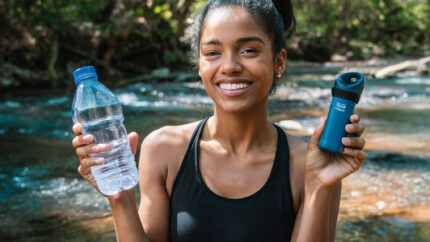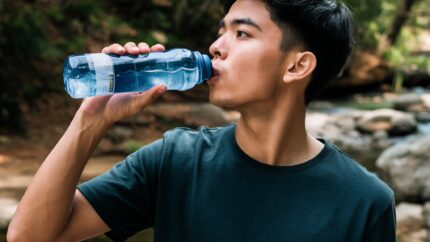When you’re in a survival situation and need to purify water, chemical purification methods can be a lifesaver. They’re lightweight, easy to carry, and effective at killing harmful pathogens. The most commonly used chemicals for water purification in survival situations are chlorine dioxide tablets, iodine tablets, and liquid bleach. Each of these methods has its own set of advantages and considerations.
One popular option is chlorine dioxide tablets or drops, such as Aquamira. These drops are known for their effectiveness against bacteria, viruses, and protozoa. To use them, . Chlorine dioxide is highly effective and leaves less of a chemical taste compared to other methods.
Iodine tablets, like those from Potable Aqua, are another commonly used chemical purifier. They work similarly to chlorine dioxide tablets, where you add them to water and wait for a specified amount of time. Iodine is effective against bacteria and viruses, though it is less effective against protozoa like Giardia. One downside is that iodine can leave a noticeable taste, which some people find unpleasant. It’s also not recommended for long-term use, especially for pregnant women or individuals with thyroid conditions.
Liquid bleach can also be used in a pinch. Regular household bleach (unscented) can be used to purify water by adding about 2 drops per liter of clear water and waiting for at least 30 minutes. If the water is cloudy, you can double the dosage. Bleach is effective against bacteria and viruses but not against protozoa. It’s a good emergency option if you don’t have other chemical purifiers on hand.
One of the biggest advantages of chemical purification is its lightweight and compact nature. Tablets and small bottles of chemicals take up very little space in your pack, making them ideal for situations where every ounce counts. They are also very easy to use, requiring minimal effort beyond measuring and waiting. Chemical methods are effective at killing a wide range of pathogens, making them a reliable choice for most water sources you might encounter in the wild.
However, there are some downsides to consider. Chemical purifiers can leave an aftertaste, which some people find unpleasant. This is particularly true for iodine. Additionally, you have to wait for the chemicals to work, which can be inconvenient if you need water quickly. The effectiveness of chemical treatments can also be affected by water temperature and clarity. Cold water slows down the chemical reactions, requiring longer wait times, and heavily silted water can reduce effectiveness. It’s also worth noting that chemical purifiers do not remove chemical contaminants from water, so they’re not effective if the water is polluted with chemicals or heavy metals.
Here are a few tips for using chemical purifiers effectively.
- Store your tablets and chemicals in a cool, dry place to maintain their potency.
- Always follow the instructions on the packaging regarding dosage and wait times. If the water is very cold, consider warming it slightly in your hands or by placing the container near a heat source before adding the chemicals.
- Pre-filtering the water through a cloth or coffee filter can help remove sediments and improve the taste.
- Carrying a small bottle of flavoring, like a powdered drink mix, can also help mask any unpleasant taste left by the chemicals.
Chemical purification is a versatile and effective method for treating water in survival situations. Its portability and ease of use make it a valuable tool for any outdoor enthusiast. While it does have some drawbacks, such as taste and wait times, the benefits far outweigh the downsides when it comes to ensuring you have safe drinking water.


